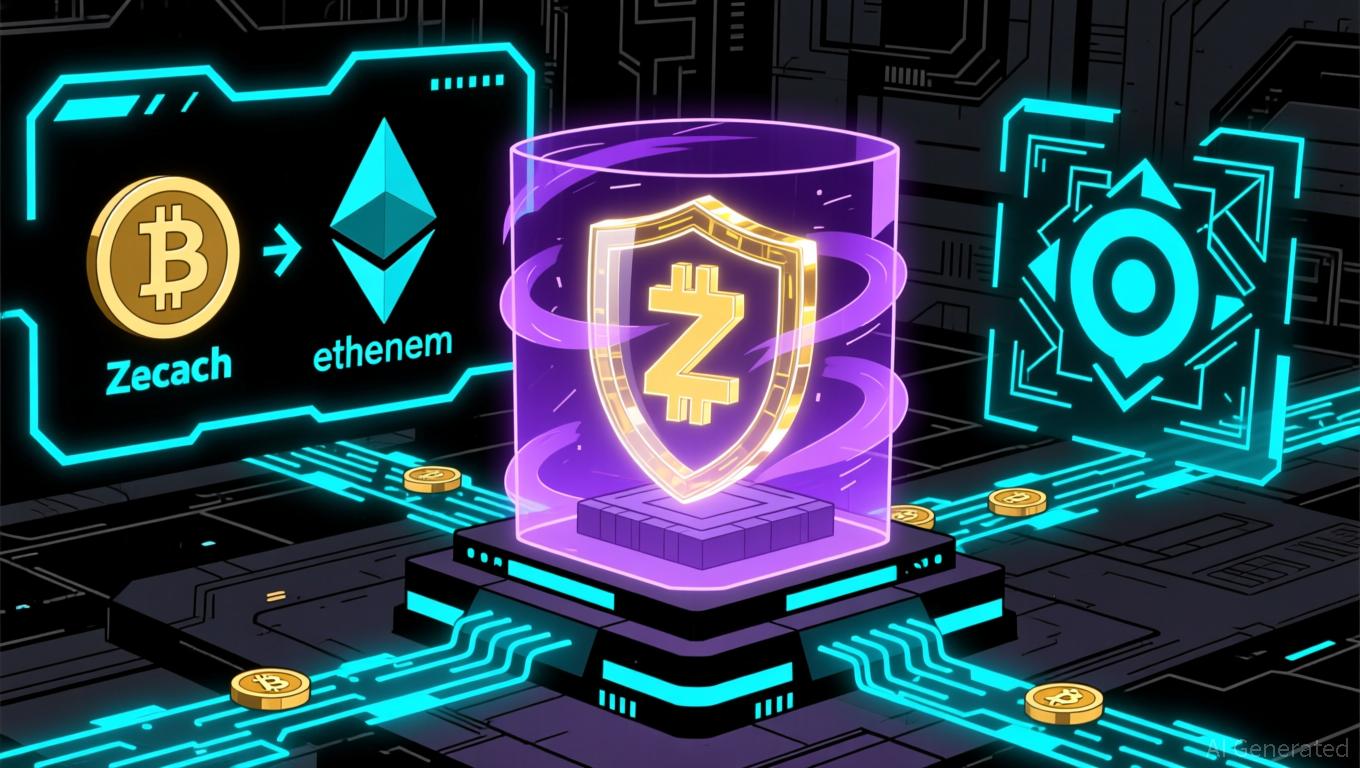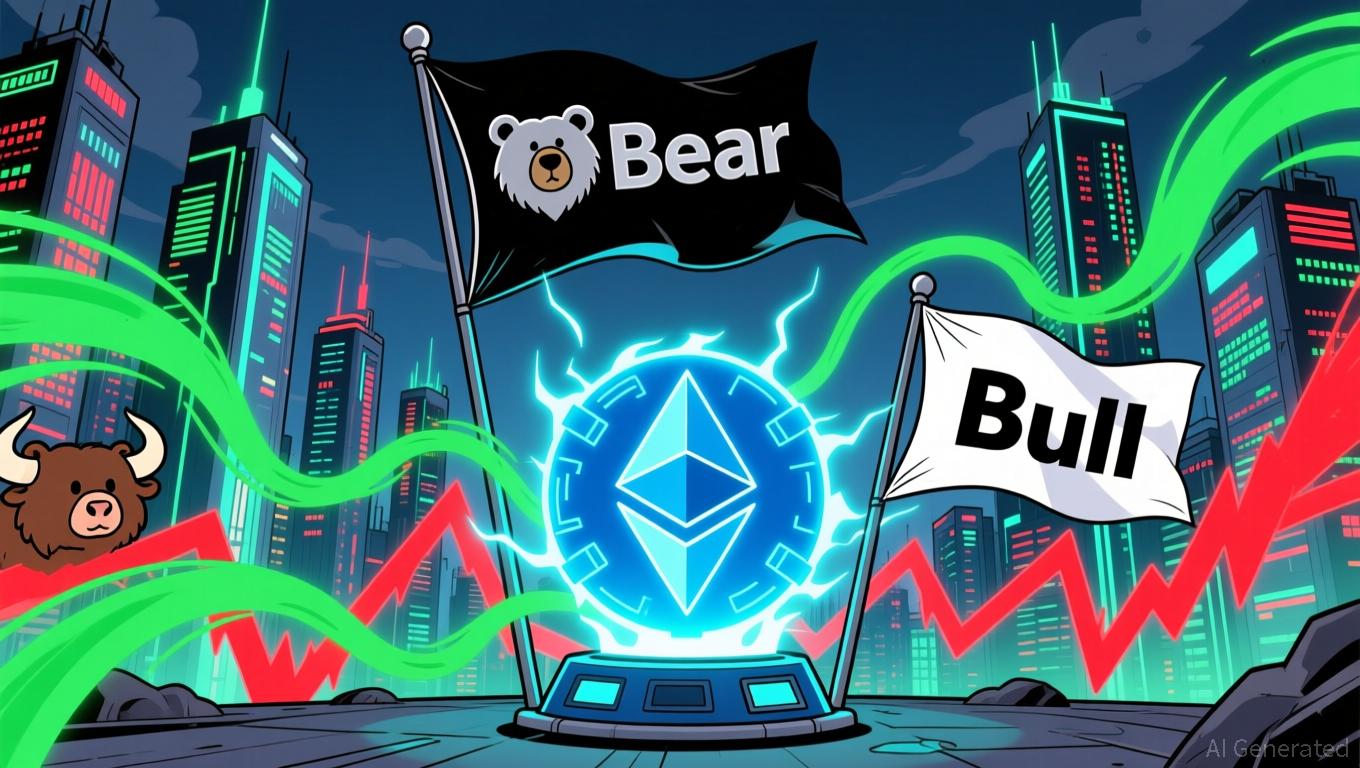Messari’s Q2 2025 Report Shows 13% Drop in Cardano’s Market Cap, 45% Fall in Network Fees
Quick Take Summary is AI generated, newsroom reviewed. Cardano’s market cap fell 13% QoQ to $21 billion in Q2 2025. Transaction fees plunged 45%, reflecting lower DeFi and NFT usage. Governance transition to the Voltaire era influenced activity. New infrastructure projects like SyncAI and Strike expanded ecosystem capabilities.References X Post Reference
According to the latest State of Cardano report released by Messari, this was a mixed quarter of the blockchain. The native token of Cardano, the ADA, dropped its market capitalization by 13 percent quarter-to-quarter to 21billion and transaction fees dropped by 45 percent, showing that the network was not as busy as it was in the prior quarter. The data, which was gathered by Messari and Artemis, covers the conditions until June 30, 2025.
📘 Messari has just released its Q2 2025 report on Cardano, highlighting major developments in governance, infrastructure, and the broader ecosystem including DeFi, NFTs, and stablecoins. A must-read for the #Cardano community! https://t.co/Q0AnFIHvOD
— Cardano 5PC (@cardano_5pc) October 7, 2025
#Messari #Blockchain #Web3 … pic.twitter.com/jE8c8NYSIZ
Decade-Long Overview Shows Cyclical Volatility
This report chart follows the progress of Cardano since 2015 to 2025, which is a ten-year period of development. The market cap of ADA reached an all-time high of almost 54 billion in the 2021 bull run and fell to bear cycles in later bear markets. The recent price stability of between 20 22 billion presents the consolidation in the context of a wider crypto market recovery wave of the year 2025.
Messari statistics reveal that network charges decreased by approximately 45 percent in Q2 2025 to Q1 2025 to about 24,000. This decline is explained by analysts by reduced DeFi and NFT transactions. Games such as Minswap, Splash and Snek.fun were recording drops in the number of users by the double digits. The stagnation implies the decreased number of interactions through smart contracts and the movement of liquidity within the decentralized applications on Cardano.
Governance Transition Alters Short-Term Activity
This quarter marked the Cardano Voltaire period when the system introduced on-chain governance (DReps). Nonetheless, the transition phase might have had a short-term effect on the network interaction because the users were adjusting to the new system of governance. Although the fee and cap have decreased, the increase in infrastructure is high.
Long-Term Vision and Ecosystem Strength
Cardano is still relying on its Ouroboros proof-of-stake system, which has a long reputation of energy efficiency and being formally verified in the research-first approach by IOHK. Although transaction volume has slowed down, the block fundamentals are still in place, with a strong community and development teams working on all of the Cardano customers can work with in Input Output Global (IOG), the Cardano Foundation and EMURGO.
By the time of reporting (October 2025), ADA will trade around 0.58, retaining the top-15 crypto ranking. The market cap value of 21 billion puts Cardano on top of the middle-range competitors and under the giants such as Ethereum and Solana. Messari recommends that a re-engagement of DeFi, stability in governance, and adoption in the real world is likely to restore the transaction volumes in the coming quarter.
Disclaimer: The content of this article solely reflects the author's opinion and does not represent the platform in any capacity. This article is not intended to serve as a reference for making investment decisions.
You may also like
ZEC drops 7.45% over the past week as Reliance Global Group merges its treasury with Zcash
- Reliance Global Group shifted its Digital Asset Treasury entirely to Zcash (ZEC), exiting Bitcoin , Ethereum , and other holdings, citing Zcash's privacy features and zero-knowledge cryptography as strategic advantages. - Zcash's 90-day price surge of over 1,200% and institutional-grade compliance capabilities align with Reliance's focus on privacy-enhanced yet audit-ready digital assets for treasury operations. - The move highlights growing institutional interest in privacy coins but raises risks from m

LUNA Value Remains Stable Despite Varied Mid-Term Results
- LUNA's 24-hour price remains stable at $0.0731, but it has declined 21.63% over 30 days and 82.35% annually. - Recent corporate and market news, including Nukkleus' acquisition and Google's AI launch, show no direct impact on LUNA or its ecosystem. - Analysts note no major catalysts or regulatory changes affecting LUNA, maintaining a long-term bearish outlook despite a 2.38% weekly gain.

Hyperliquid News Update: Monad Airdrop Approaches as $6 Million in Longs Face Off Against $3.5 Million in Shorts on Hyperliquid
- Hyperliquid's top MON long (0xccb) locks $250K profit after 110% gains, reallocating $2.53M to ZEC amid heightened crypto volatility. - MON-USD perpetuals see $28M 24h volume as market anticipates Monad's airdrop, with 98% "claim loading" progress fueling speculation. - Largest MON short ($3.48M at $0.032) emerges as Top ZEC Short adjusts position, creating $180K profit potential if price drops below $0.25. - $13B estimated FDV for Monad highlights leveraged trading dynamics, with traders balancing expos

Ethereum News Today: Ethereum Faces a Crucial Challenge: Downward Pressure Versus Fusaka Update and Treasury Purchases
- Ethereum faces bearish pressure amid institutional short selling and macroeconomic headwinds, trading near $2,830 after 28% monthly losses. - BitMine Immersion's $24B ETH accumulation stabilizes prices but struggles with 0.77 mNAV ratio and $3.7B unrealized losses. - Upcoming "Fusaka" upgrade (EIP-4844) and RWA growth ($7.4B) could boost ETH's appeal, though $2,400–$2,500 support remains critical. - ETF dynamics diverge: BlackRock's staked ETH ETF proposal challenges DATs while Grayscale's GDOG signals r

